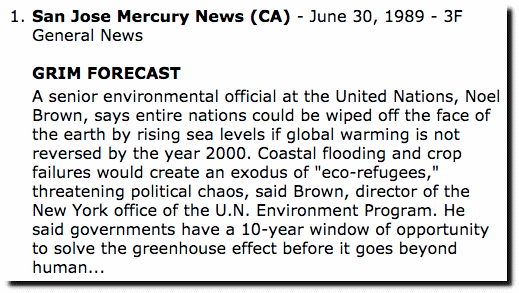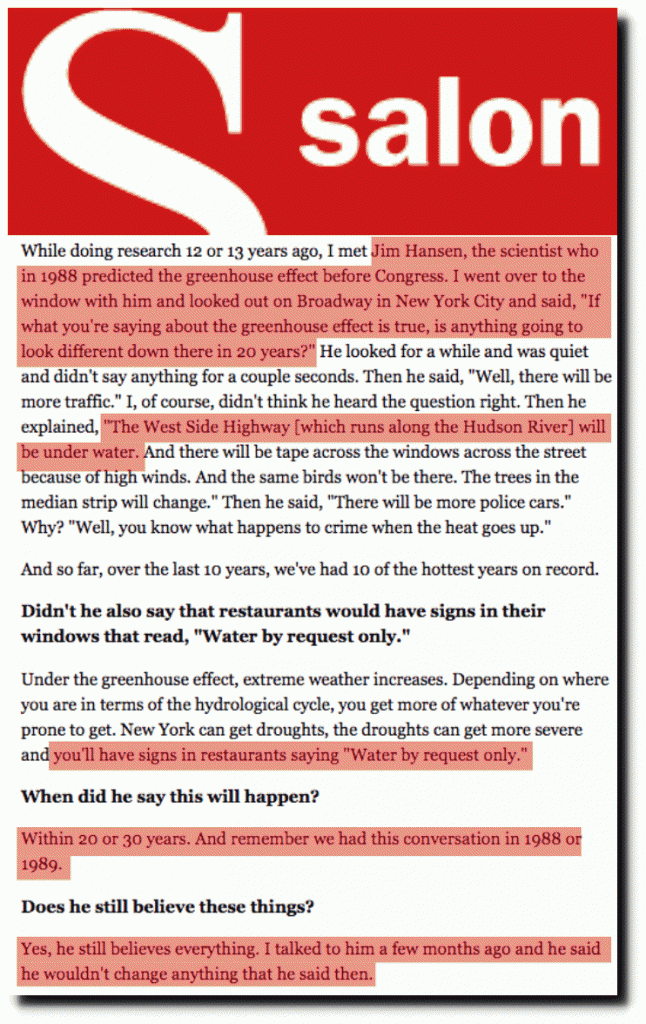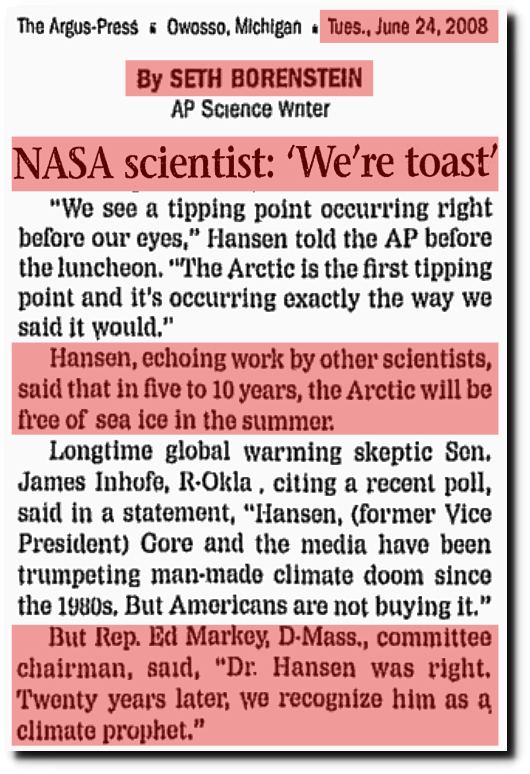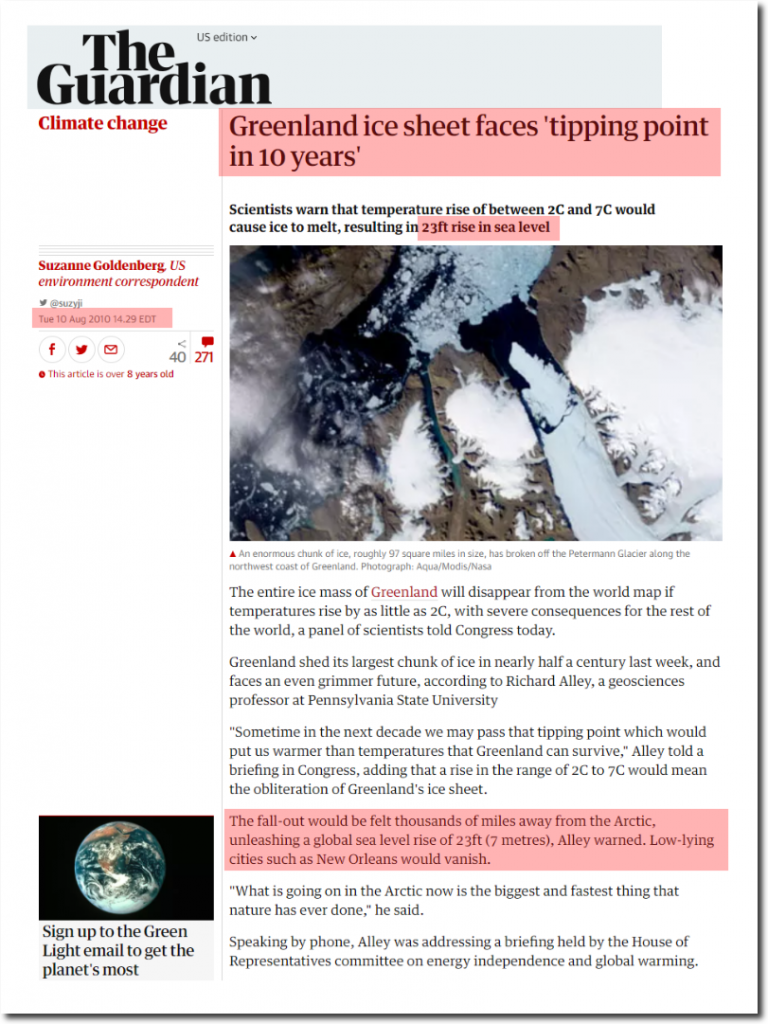Ogdred Weary
Drag(on) Queen
- Joined
- Apr 2, 2012
- Messages
- 7,134
This is pretty dystopian:
https://nymag.com/intelligencer/202...cket&utm_medium=email&utm_campaign=pockethits
California is Australia now. The situation today in California isn’t yet quite as grim, although this week CalFire advised every citizen of the state — all 40 million of them — to be prepared to evacuate. Already, more than 100,000 already have. When I first began writing this article, 500,000 acres had been burned in the state; when I finished writing it, the it was 600,000, and when it was done being edited, it was 700,000 — a number that would have been, in recent memory, a historically devastating year of fire. In just five days, more land had burned than in all of 2019. And the number kept growing—well past a million acres to 1.25 million.
https://nymag.com/intelligencer/202...cket&utm_medium=email&utm_campaign=pockethits







